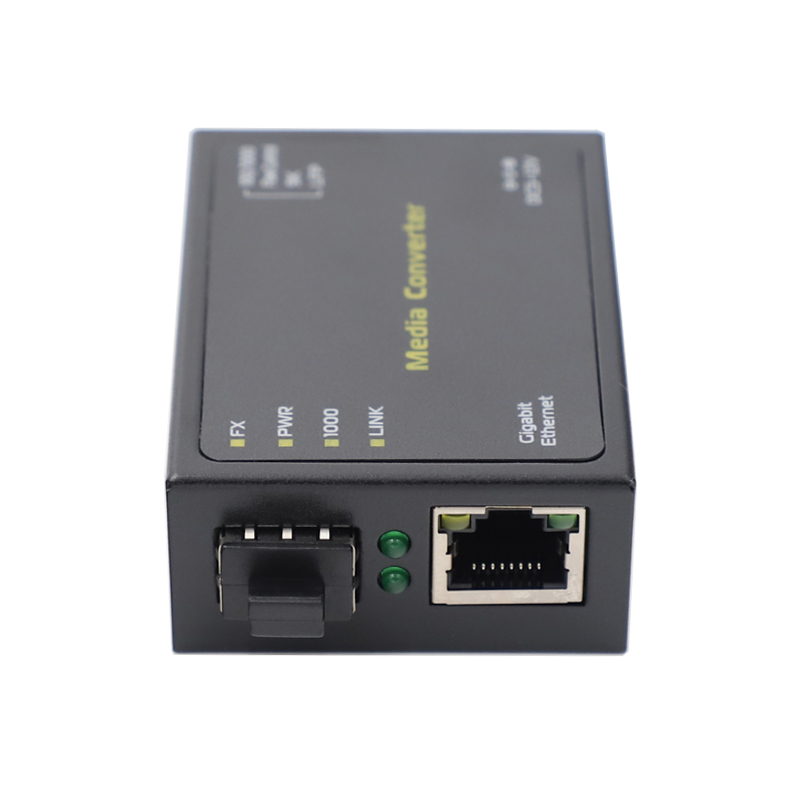Fiber media converter is an indispensable device in network data transmission. So what is fiber media converter? What are the components of fiber media converter? What role does fiber media converter play in the process of data transmission?
The fiber media converter includes three basic functional modules: photoelectric media conversion chip, optical signal interface (optical transceiver integrated module) and electrical signal interface (RJ45). If equipped with network management functions, it also includes a network management information processing unit.
The fiber media converter is an Ethernet transmission media conversion unit that exchanges short-distance twisted pair electrical signals and long-distance optical signals. It is also called a photoelectric converter (Fiber Converter) in many places. The product is generally used in the actual network environment where the Ethernet cable cannot cover and the optical fiber must be used to extend the transmission distance, and is usually positioned in the access layer application of the broadband metropolitan area network; at the same time, it helps to connect the last mile line of the optical fiber to the metropolitan area. The Internet and the outer network also played a huge role.
In some large-scale enterprises, optical fiber is used directly as the transmission medium to establish the backbone network during network construction, while the transmission medium of the internal LAN is generally copper wire. How to realize the connection between the LAN and the optical fiber backbone network? This requires different ports and different Convert between linear and different optical fibers and ensure link quality. The emergence of optical fiber transceivers converts the electrical and optical signals of the twisted pair to each other, ensuring the smooth transmission of data packets between the two networks. At the same time, it extends the transmission distance limit of the network from 100 meters of copper wires to more than 100 kilometers ( Single-mode fiber).
What are the basic characteristics of fiber media converters:
1. Fully transparent to the network protocol.
2. Provide ultra-low latency data transmission.
3. Support an ultra-wide operating temperature range.
4. Use a dedicated ASIC chip to realize data line-speed forwarding. Programmable ASIC concentrates multiple functions on one chip, and has the advantages of simple design, high reliability, and low power consumption, which can enable equipment to obtain higher performance and lower cost.
5. The network management equipment can provide functions such as network diagnosis, upgrade, status report, abnormal situation report and control, and can provide complete operation log and alarm log.
6. Rack-type equipment can provide hot-swappable function for easy maintenance and uninterrupted upgrades.
7. Supports complete transmission distance (0~120km).
8. The equipment mostly adopts 1+1 power supply design, supports ultra-wide power supply voltage, and realizes power protection and automatic switching.
Post time: Jul-27-2020






